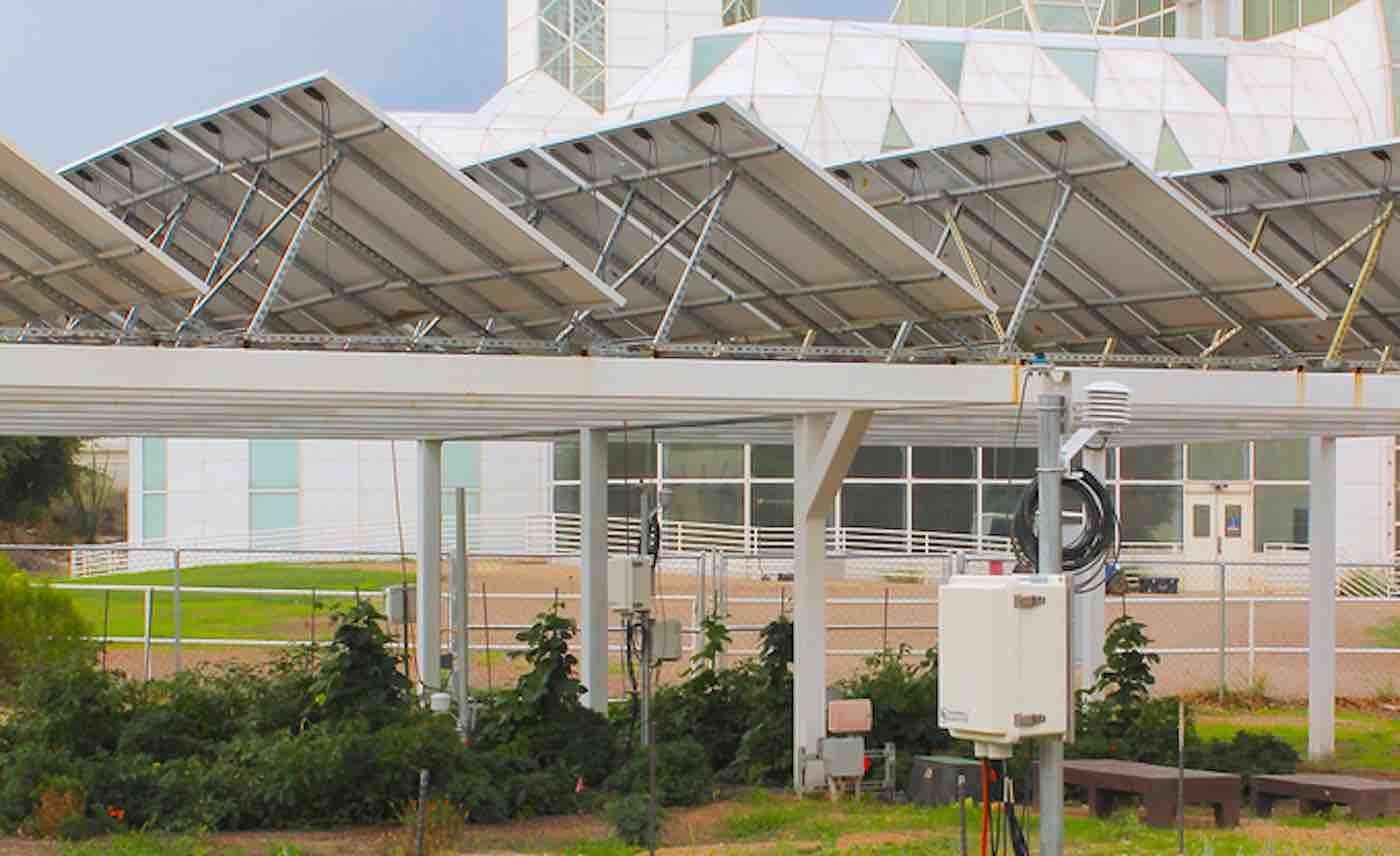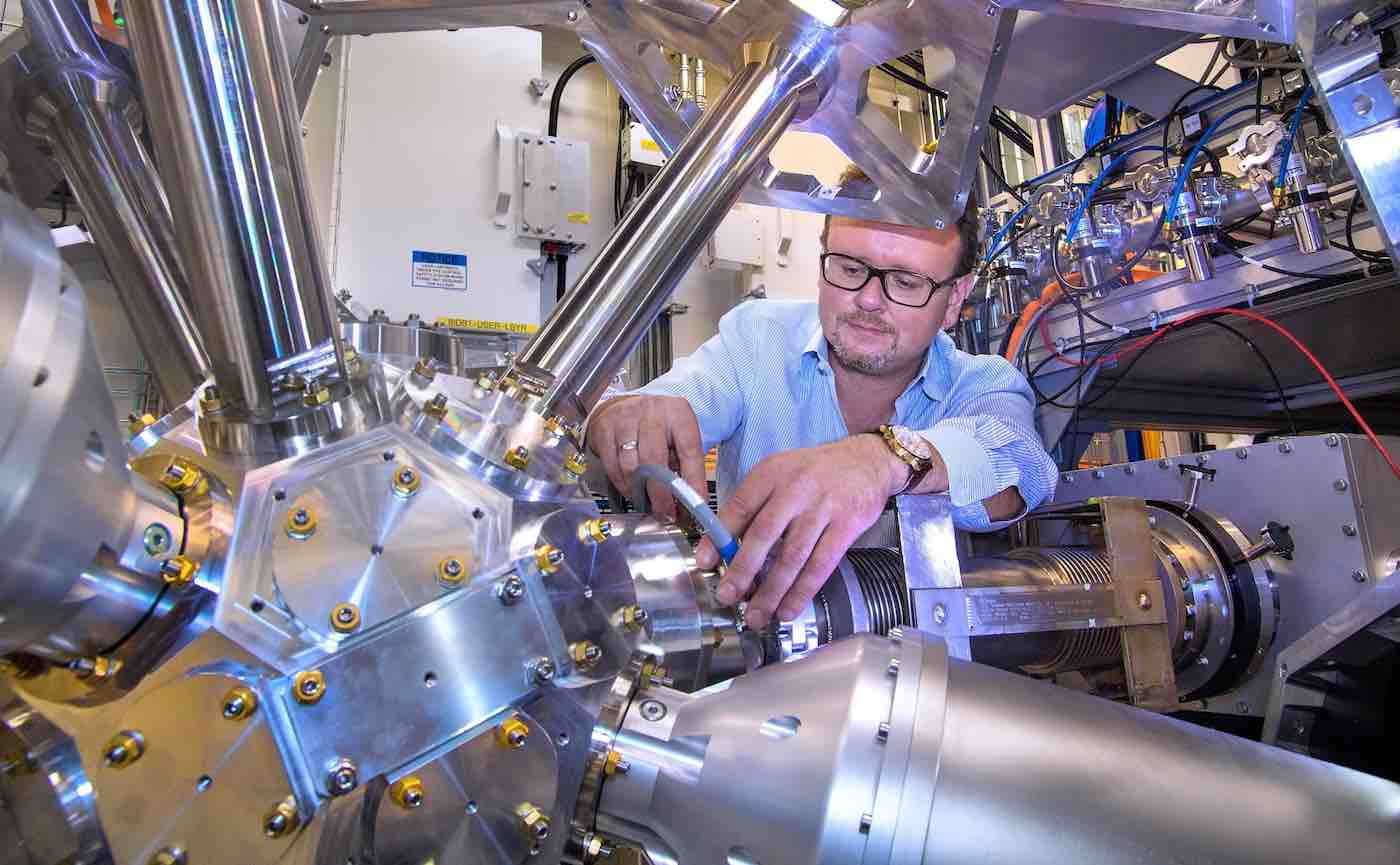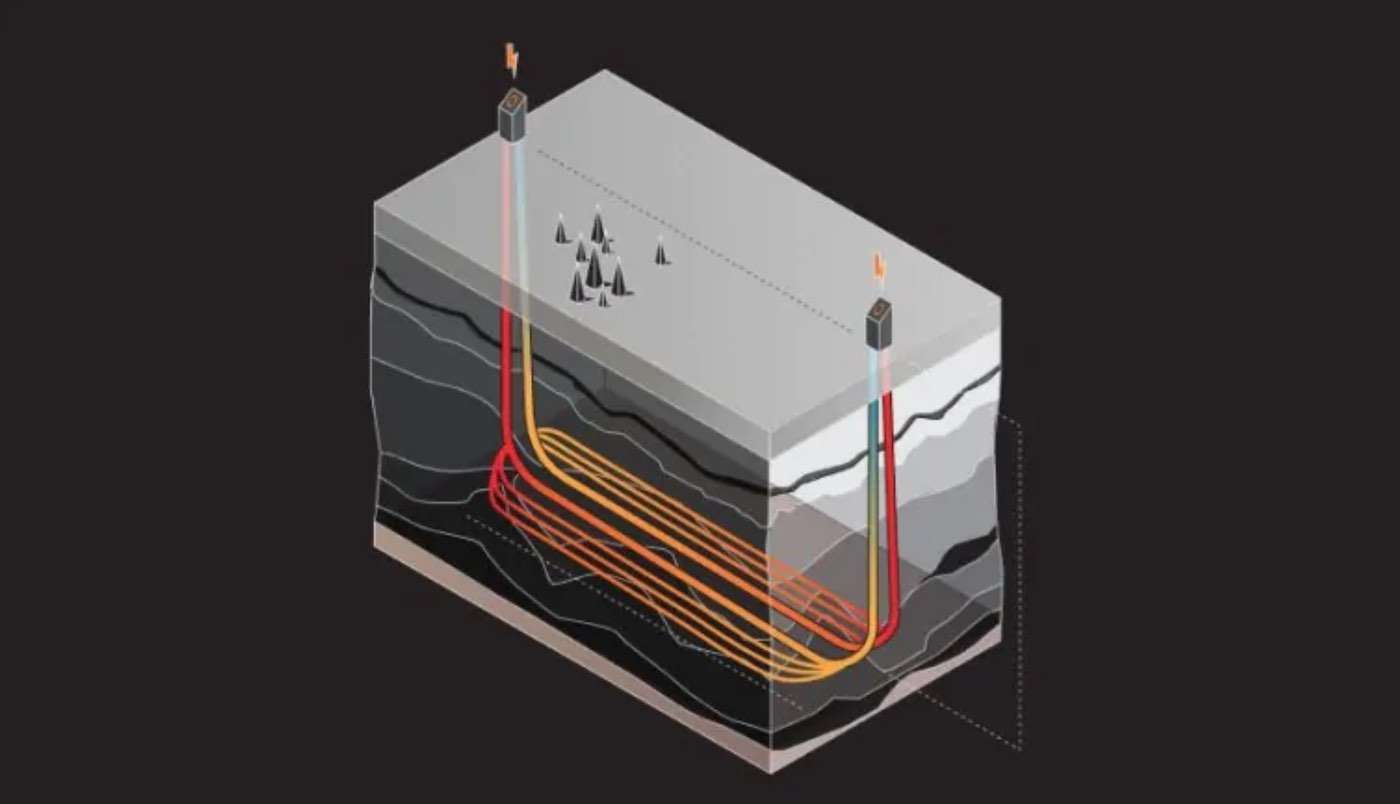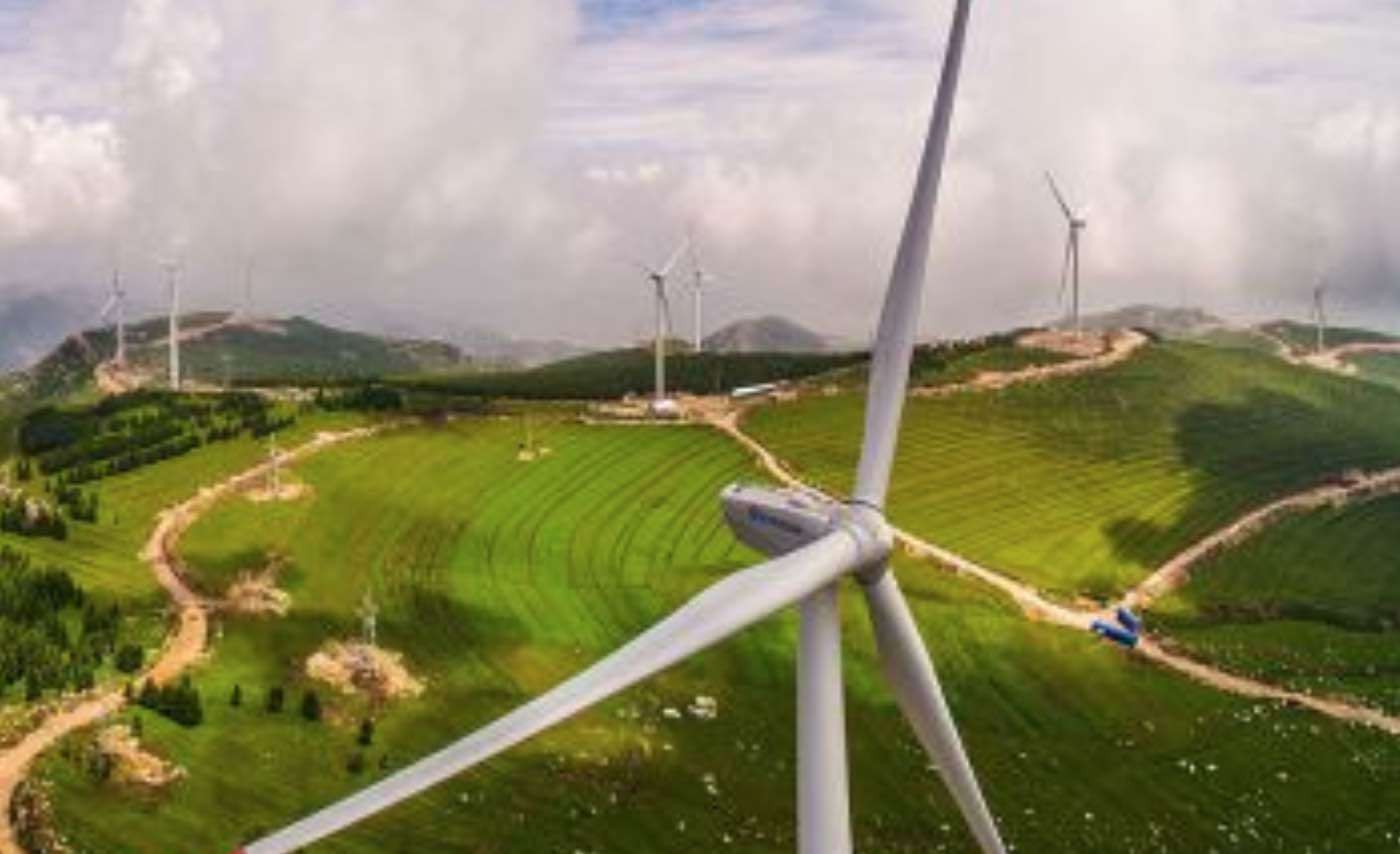Engineers Have Just Finished Drilling the First Geothermal Well in the UK to Use Renewable Energy
Measuring in at 3.1 miles deep, this geothermal energy well is now the deepest and hottest well in the world.

Measuring in at 3.1 miles deep, this geothermal energy well is now the deepest and hottest well in the world.

Not only does the new agricultural system help fruit and vegetables to thrive in arid regions, it could also improve the health of farmers.

Once perfected into a closed-loop system, the Rice University reactor will be able to transform CO2 into pure liquid fuels for electric vehicle designs.

The first-of-its-kind underground system uses a closed-loop design generates zero greenhouse gas emissions and requires no fracking or water.

This exciting new study from the University of Sussex shows that Europe alone could feasibly produce enough wind energy for the entire Earth.
For the first time in history, wind power has surpassed coal in Texas: the largest consumer and producer of coal energy in the country.
Not only would this ingenious new cooling system be cheap to implement, it would also save millions of tons of CO2 from entering the atmosphere.
This new pilot program in Berlin could help to replace fossil fuels with salt batteries as a sustainable source of heat storage.
In an effort to mitigate their own carbon emissions from day-to-day operations of their 2006 tour, while raising the public's carbon consciousness, Pearl Jam will donate a total of $100,000 to nine organizations doing innovative work around climate change.
Now that the Virginia Clean Economy Act (VCEA) has passed the House and Senate, Virginia plans to power itself on 100% renewable sources by 2050.
The ultra-efficient new photocatalytic molecule developed at Ohio State University can absorb 50% more light than current solar cells.
Researchers were able to successfully recharge the battery more than 500 times—and it is seven times more efficient than lithium ion counterparts.
A renewable energy startup is using a new technology that can vaporize non-recyclable trash into energy—all without generating any emissions.
With coal usage collapsing in Europe and the United States, the world's energy sector experienced the largest drop in CO2 emissions since 1990.
The coalition has been installing the microgrids in as little as two days—and they are preparing to deploy 100 more across New South Wales and Victoria.
Scientists from Tokyo University have discovered a new ultra-efficient way to help produce hydrogen fuel using rust and light.
According to this newest EIA report, 2019 was the biggest year for wind power additions in the United States, second only to 2012.
This simple contraption means that the kinetic energy of a single water droplet can generate up to 140 volts of clean electricity.
More than $2.75 billion has already been invested in building several dozen new solar farms, wind projects, and geothermal stations in Fukushima.
The newly-announced initiative is expected to save roughly 15 to 17 billion pounds of CO2 emissions from entering the atmosphere every year.
Recent Stories
A Heartfelt Reminder to Appreciate the Ones We Love
Cherish the Woman Who Stands by You
Breaking Generational Cycles of Pain
Living by Your Own Values, Not Others' Approval
When Life Brings Rain, It’s Okay to Rest
Before You Judge Someone's Life, Take a Moment to Walk in Their Shoes.
A Friend Who Spreads Gossip is Not a True Friend at All
The Value of Human Connection Over Digital Convenience
The Quiet Kind of Love
One Day, Your Mom Won’t Call You Anymore
I’ve reached a point in my life...
Happiness is a mindset, a conscious choice we make every day